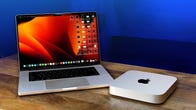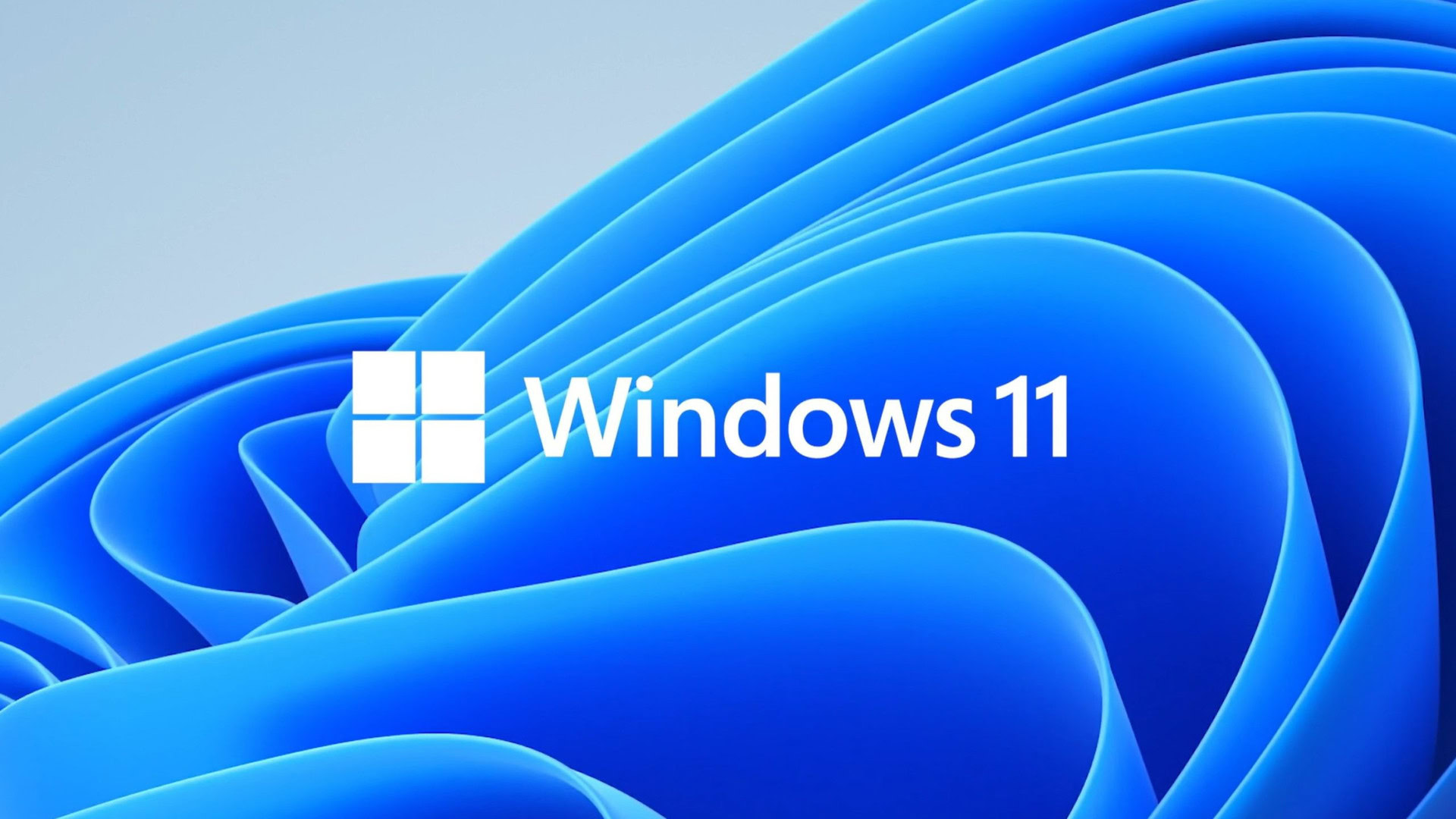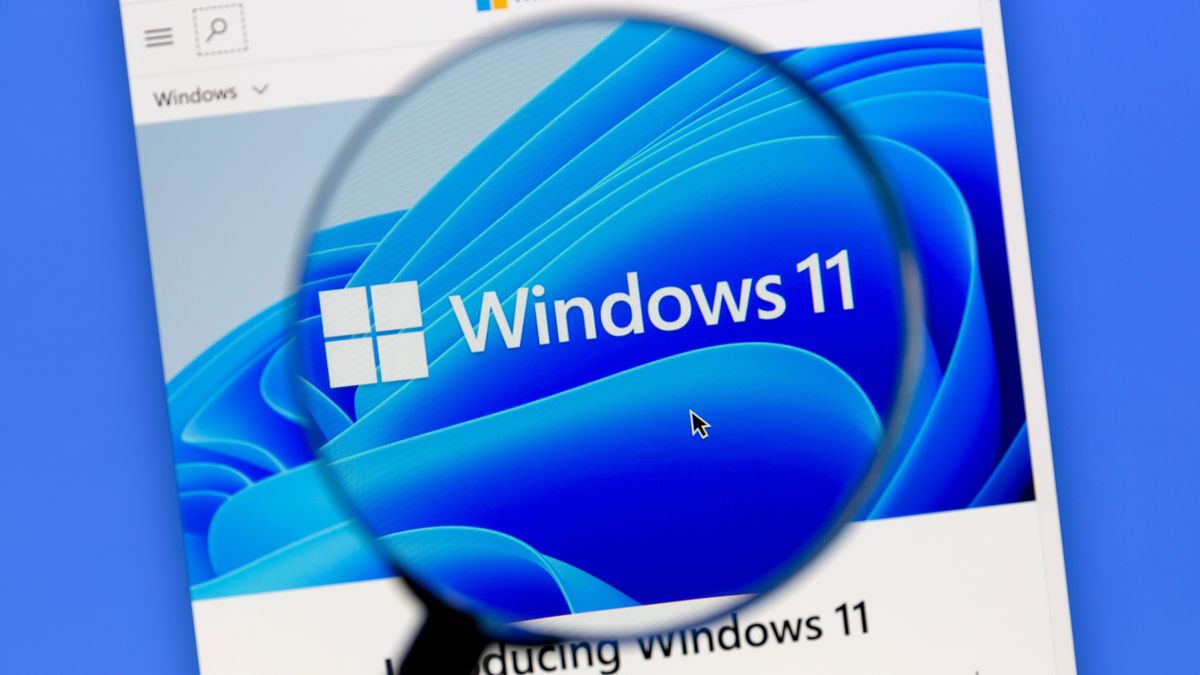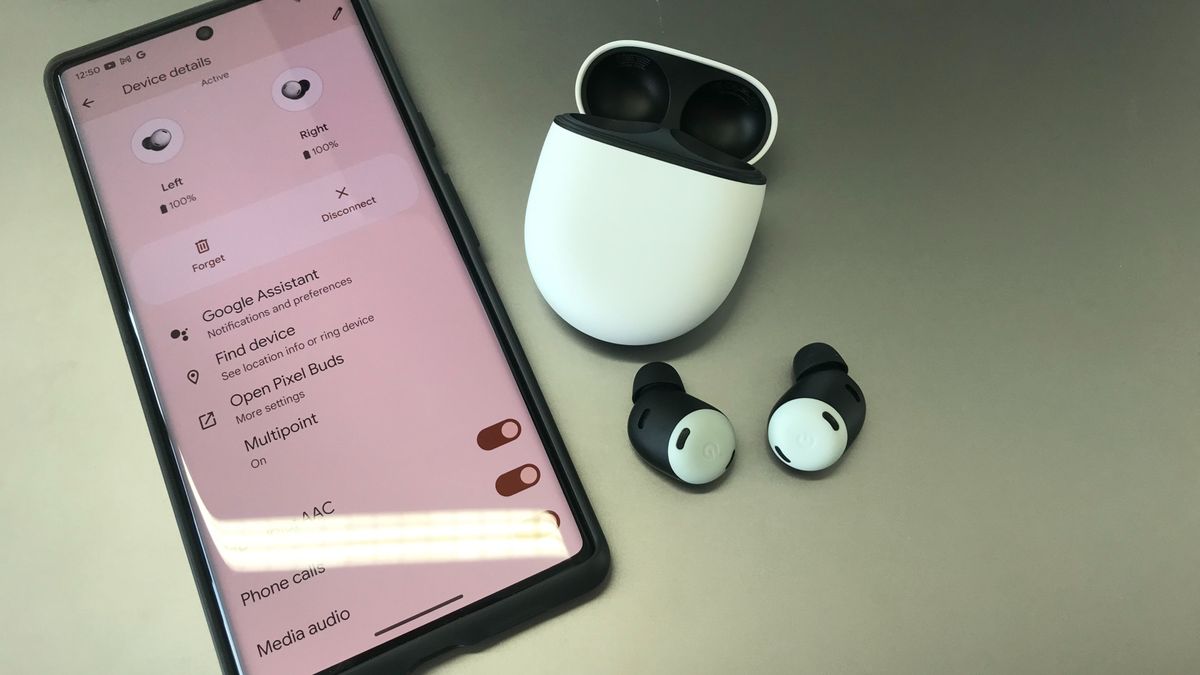M2 Pro MacBook Pro 16 Review: Apple Amps Up Its Creative Workhorse

Editor’s note: Our testing of the 2023 MacBook Pro 16 is ongoing. We’ll update this review when we’ve completed our evaluation.
Apple’s 2023 update to its flagship MacBook Pro 16-inch line follows the company’s usual MO. It offers a modest refresh from the more significantly redesigned 2021 model; notably, upgrades to the latest generation of M2-class processors, Wi-Fi 6E and HDMI 2.1, which means support for displays up to 8K/60Hz and 4K/240Hz as well as variable refresh rates. The combination of the old and new enhances the veteran laptop’s chops as a powerhouse computer for creation and development work.
These updates add to the more significant noncosmetic changes introduced with the 2021 MacBook Pro 16: We see a return of the HDMI connector, SDXC card slot, MagSafe charging connector and function key row on the keyboard because buh-bye Touch Bar. There’s also a vastly improved 1080p webcam and, the biggie, a migration of the line to Apple’s own silicon for the CPU with integrated GPU.
Like
- Fast with solid battery life
- Good, bright screen
- Wi-Fi 6E and HDMI 2.1 support
I don’t want to apply the marketing kiss of death and call it a “mobile workstation,” but yeah, that’s what it is. And that’s the primary way to justify the price, especially for the $3,499 configuration we’re testing and the types of applications Apple highlights performance for. (Apple’s aiming for the market I tend to mentally classify as “people who create shows for Apple TV Plus, Disney and the like.”)
There’s a much easier case to make for gaming laptops at that price, but sorry, Apple, still no. And given the entry price of $2,499, there’s a big hole for recommendations of a big-screen Apple laptop, for people who just want to be able to see more but don’t need performance beyond a MacBook Air.
Furthermore, that base configuration includes only a 512GB SSD. The base M2 Pro processor with 12 CPU cores (eight performance and four efficiency) and 19 GPU cores delivers fine performance for a lot of photo editing — I’d probably go higher for, say, medium format work. If you’re performing tasks that require the outlay for the laptop, you likely need at least 1TB SSD, and would probably benefit from upping to 32GB RAM. That bumps the price to almost $3,100.
Apple MacBook Pro (16-inch, 2023)
| Price as reviewed | $3,499, £3,699, AU$5,499 |
|---|---|
| Display | 16-inch 3,456×2,234 254ppi 3:2 aspect ratio; 500 nits SDR, 1,600 nits HDR |
| CPU | 3.3GHz Apple M2 Pro 12 cores (8P/4E) |
| Memory | 32GB LPDDR5 |
| Graphics | Apple M2 Pro integrated 19 cores |
| Storage | 2TB Apple SSD AP2048Z, SD card slot |
| Ports | 3 x USB-C/Thunderbolt 4, 1 x HDMI 2.1, 3.5mm audio |
| Networking | Wi-Fi 6E (802.11ax), Bluetooth 5.3 |
| Operating system | MacOS Ventura 13.2 |
| Weight | 4.7 lbs/2.2kg |
Going all-out with the configuration, with an M2 Max (12 core CPU/38 core GPU) 96GB memory and 8TB SSD will run $6,499, which is a lot to swallow and excessive for the components, at least on paper. It’s a little more annoying that it doesn’t support 128GB RAM, but 96GB is still more than the last model’s 64GB maximum. I suppose more memory will have to wait for the equivalent of an Ultra chip, though that never made it into a laptop for the M1 generation.
The nice thing, though, is that performance for Apple’s CPUs is consistent across the lines, meaning the same chip delivers roughly comparable performance in a similarly equipped Mac Mini as it does in a MacBook Pro. On one hand, It would be nice if you got better performance on more expensive hardware, but the consistency makes buying decisions a little easier.
Read more: M2 Mac Mini 2023 Review: Apple Adds M2 and M2 Pro Chips to This Tiny Desktop
Design and performance
As mentioned earlier, the design hasn’t changed since we first saw it in 2021, and hasn’t started looking old yet. I love the features Apple’s brought back, especially the dedicated function key row and SD card slot, and the screen seems to still be excellent, at least pending my formal screen testing.
I do have some nitpicks. The notch at the top of the screen bothers me, though not nearly as much as it does on the iPhone — there it’s functionally intrusive because you’re actually losing space to display necessary information, but here it’s just aesthetically annoying. And I’m probably in the minority on this, but I don’t like MagSafe power connectors and I never have. While I think magnets usually make everything better, with MagSafe the power cord disconnects more frequently than I need it to, like if I put it down on the bed when it’s plugged in. (A power corollary to that is I’m really ready for Apple to redesign its awful brick-with-plug that requires babying to remain in almost any outlet I’ve ever plugged it into.) Plus, despite the previous generation’s webcam upgrade, there’s still no Face ID support.

Apple has upgraded its HDMI connector to support HDMI 2.1 with variable refresh rate support.
Lori Grunin/CNET
I still have a lot of specialty testing to do — important aspects, notably the video editing and encoding performance, VRR over HDMI and the updated neural engine improvements — as well as several more battery test runs. But I do have a handful of observations based on what I’ve already run.
I had some initial issues with Wi-Fi 6E, such as connecting to and staying connected to my router (an Asus ROG Rapture GT-AXE11000E), but finally narrowed them down to a default. After I switched “wake for network access” in the battery settings from “only on power adapter” to “always,” it connected immediately and stayed connected. It’s been bulletproof ever since. I don’t know yet what impact that might have on battery life.
I generally get more reliable performance from 6E than 6, at least in my environment. For instance, a casual Speedtest run delivered a consistent 483Mbps download on 6E but an average 392Mbps on 6 (for 400Mbps service). The latter started higher but dropped partway through as well.
MacOS has two power settings for on-battery performance. The default leaves the system running at full power draw, as if it was plugged in. On that setting, you’ll get nearly identical speed to when it’s plugged in. But also, surprisingly, excellent battery life, about 19.5 hours on the one run I had time to perform. One could assume the lower power setting will increase that.
On the low power setting intended to run more quietly and for longer, single core performance dropped the most between power settings (no worse than Intel, though). GPU showed the least differential, though the tests I ran aren’t terribly stressful GPU tests. Multicore differences fell about where I expected, and I’ve yet to figure out what my web (HTML5, Javascript and WebAssembly) reveal. It does run notably cooler, which is a nice boon if you actually use it as a laptop on your lap. It’s also on the heavy side, but, unfortunately, that’s how these dense power laptops roll.
Unless you need every little speed increase you can get, you needn’t feel the FOMO if you’ve got the last-generation MacBook Pro 16. But if you didn’t jump onto the Apple Silicon bandwagon last go-round and don’t rely on any applications that will only run on the Intel processors, it’s probably smart to consider the upgrade this time around. As for more specific recommendations, that will require more specific testing. Stay tuned.
Geekbench 5 (multicore)
Apple Mac Mini (M2 Pro, 2023)
Apple MacBook Pro (16-inch, 2023)
Apple Mac Studio (M1 Max, 2022)
Apple MacBook Pro (16-inch, 2021)
Apple MacBook Pro (14-inch, 2021)
Apple Mac Mini (M2, 2023)
Apple MacBook Air (13-inch, 2022)
Apple Mac Mini (M1, 2020)
Note:
Longer bars indicate better performance
Preliminary performance tests
Geekbench 5 (multicore)
Apple MacBook Pro 14 (M1 Pro 10/16, 2021)
Apple MacBook Pro 16 (M1 Max 12/32, 2021)
Apple Mac Studio (M1 Max 10/32, 2022)
Apple MacBook Pro 16 low power battery (M2 Pro 12/19, 2023)
Apple MacBook Pro 16 (M2 Pro 12/19, 2023)
Apple Mac Mini (M2 Pro 12/19, 2023)
Note:
Longer bars indicate better performance
Geekbench 5 (single core)
Apple MacBook Pro 16 low power battery (M2 Pro 12/19, 2023)
Apple Mac Studio (M1 Max 10/32, 2022)
Apple Mac Mini (M2 8/10, 2023)
Apple Mac Mini (M2 Pro 12/19, 2023)
Apple MacBook Pro 16 (M2 Pro 12/19, 2023)
Note:
Longer bars indicate better performance
Cinebench R23 CPU (multicore)
Apple MacBook Pro 14 (M1 Pro 10/16, 2021)
Apple MacBook Pro 16 (M1 Max 12/32, 2021)
Apple Mac Studio (M1 Max 10/32, 2022)
Apple MacBook Pro 16 low power battery (M2 Pro 12/19, 2023)
Apple MacBook Pro 16 (M2 Pro 12/19, 2023)
Apple Mac Mini (M2 Pro 12/19, 2023)
Note:
Longer bars indicate better performance
3DMark Wild Life Extreme Unlimited
Apple Mac Mini (M2 8/10, 2023)
Apple MacBook Pro 14 (M1 Pro 10/16, 2021)
Apple MacBook Pro 16 low power battery (M2 Pro 12/19, 2023)
Apple MacBook Pro 16 (M2 Pro 12/19, 2023)
Apple Mac Mini (M2 Pro 12/19, 2023)
Apple MacBook Pro 16 (M1 Max 12/32, 2021)
Apple Mac Studio (M1 Max 10/32, 2022)
Note:
Longer bars indicate better performance
Default battery setting vs. low power battery setting
3DMark Wild Life Extreme Unlimited
Cinebench R23 single core
Note:
Shorter bars indicate a smaller percentage difference between the two settings
Configurations
| Apple Mac Mini (M2, 2023) | MacOS Ventura 13.2; Apple M2 (8 CPU cores, 10 GPU cores); 8GB LPDDR5 RAM; 256GB SSD |
|---|---|
| Apple Mac Mini (M2 Pro, 2023) | MacOS Ventura 13.2; Apple M2 Pro (12-core CPU,19-core GPU); 16GB LPDDR5 RAM; 1TB SSD |
| Apple Mac Studio (M1 Max, 2022) | MacOS Monterey 12.3; Apple M1 Max (10 CPU ores, 32 GPU cores); 64GB RAM; 2TB SSD |
| Apple MacBook Pro (14-inch, 2021) | MacOS Monterey 12.4; Apple M1 Pro (10 CPU cores, 16 GPU cores); 32GB LPDDR5 RAM; 1TB SSD |
| Apple MacBook Pro (16-inch, 2021) | MacOS Monterey 12.4; Apple M1 Max (12 CPU cores, 32 GPU cores); 32GB RAM; 512GB SSD |
| Apple MacBook Pro (16-inch, 2023) | MacOS Ventura 13.2; Apple M2 Pro (12 CPU cores, 19 GPU cores); 32GB LPDDR5 RAM; 1TB SSD |









